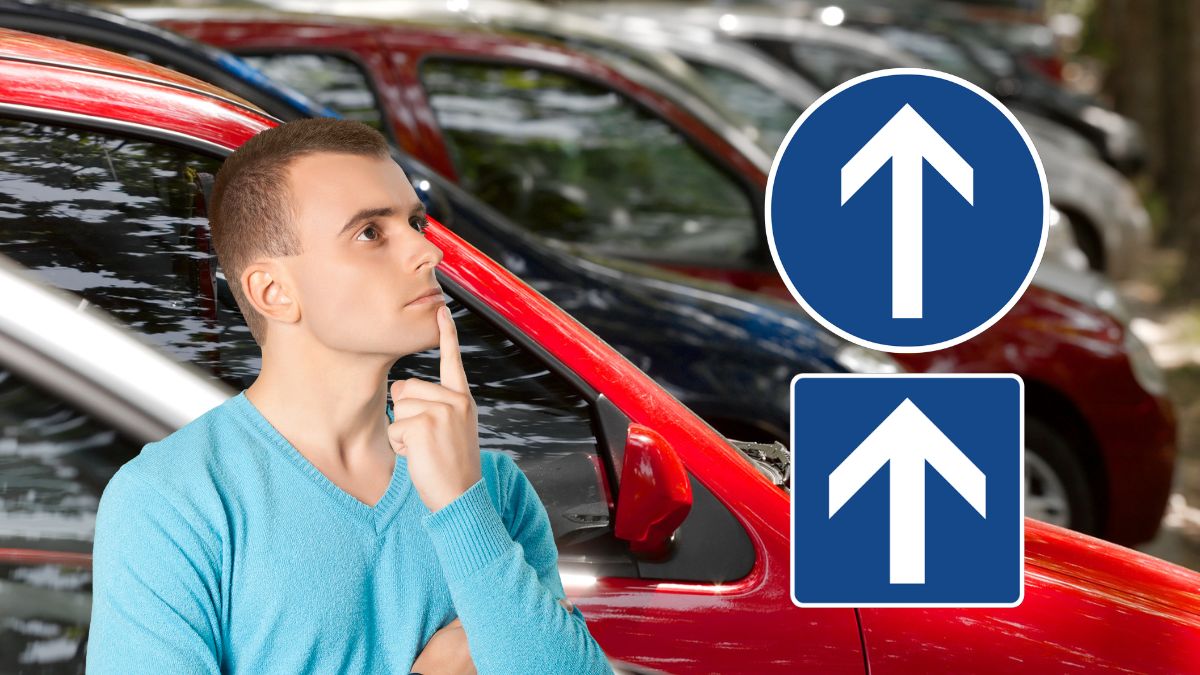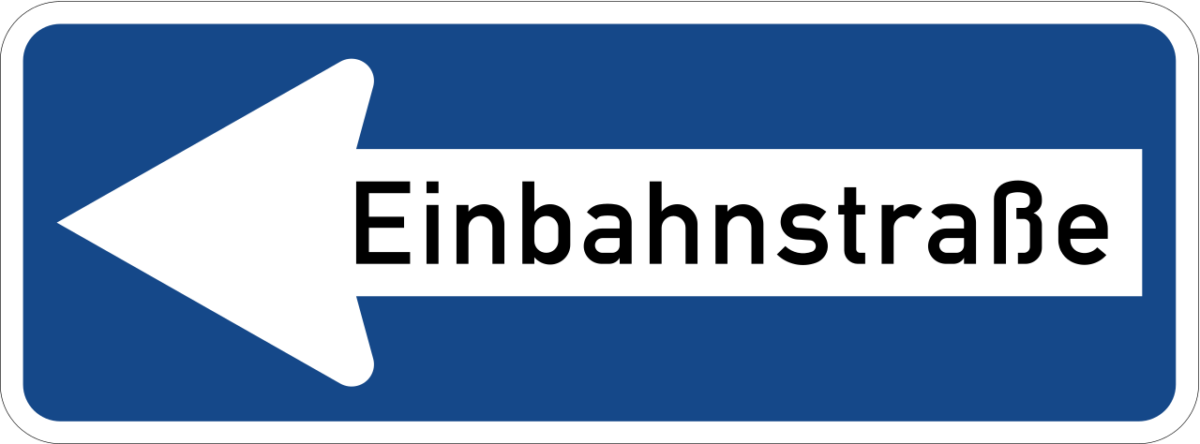
Driving fines in Germany. Road sign displaying white arrows. The similarity between two road sign displaying white arrows on a blue background can lead to confusion among drivers. Despite their similar appearance, they convey entirely different meanings. It’s important for drivers to understand that what one sign strictly prohibits, the other permits.
German roads feature numerous signs. Initially, the Road Traffic Regulations (StVO) included only eight distinct signs. However, the number has since expanded to over 680. Periodically, obsolete signs are removed due to StVO revisions, while new ones are introduced to address evolving needs over time.
Similar indicators with different meanings
The two traffic signs share a white arrow on a blue background as a common feature. However, there are notable distinctions between them. The VZ 353 sign is square, whereas the VZ 209-30 sign is round. More importantly, they convey different meanings.
Traffic sign VZ 353, a relic of the old days
The traffic sign VZ 353 is a blue square sign featuring a white arrow pointing upwards. It’s classified as a direction sign, indicating that drivers are only permitted to travel on the road in the direction specified by the arrow. Essentially, it signifies a one-way street. Prior to encountering this sign, drivers may freely make turns onto other streets, as long as there are no restrictions prohibiting entry.
However, the presence of this sign may soon change. In 2013, with the amendment of the Road Traffic Regulations (StVO), the federal government opted to eliminate this sign. The transition period for removing these signs officially ended by the close of October 2022. Nevertheless, there are still signs that have not yet been taken down.

Instead of the VZ 353, the much more recognizable VZ 220 now indicates a one-way street. This sign features a long white arrow pointing to the right, accompanied by the inscription “One Way Street” in black on a blue background. Ignoring the rules of a one-way street marked with either of these signs can result in a fine of up to 35 euros.
Traffic sign VZ 209-30 Do not turn
Instead, the VZ 209-30 road sign is round, featuring a white arrow on a blue background. Its purpose is to signal that drivers can only proceed in the direction indicated by the arrow. Typically, you’ll encounter this sign in intersection areas. It is closely associated with road signs VZ 209-20, 211, and 214, which also provide directional guidance. Failure to follow the direction indicated by this sign can result in a fine of up to 35 euros, as reported by eFahrer.
